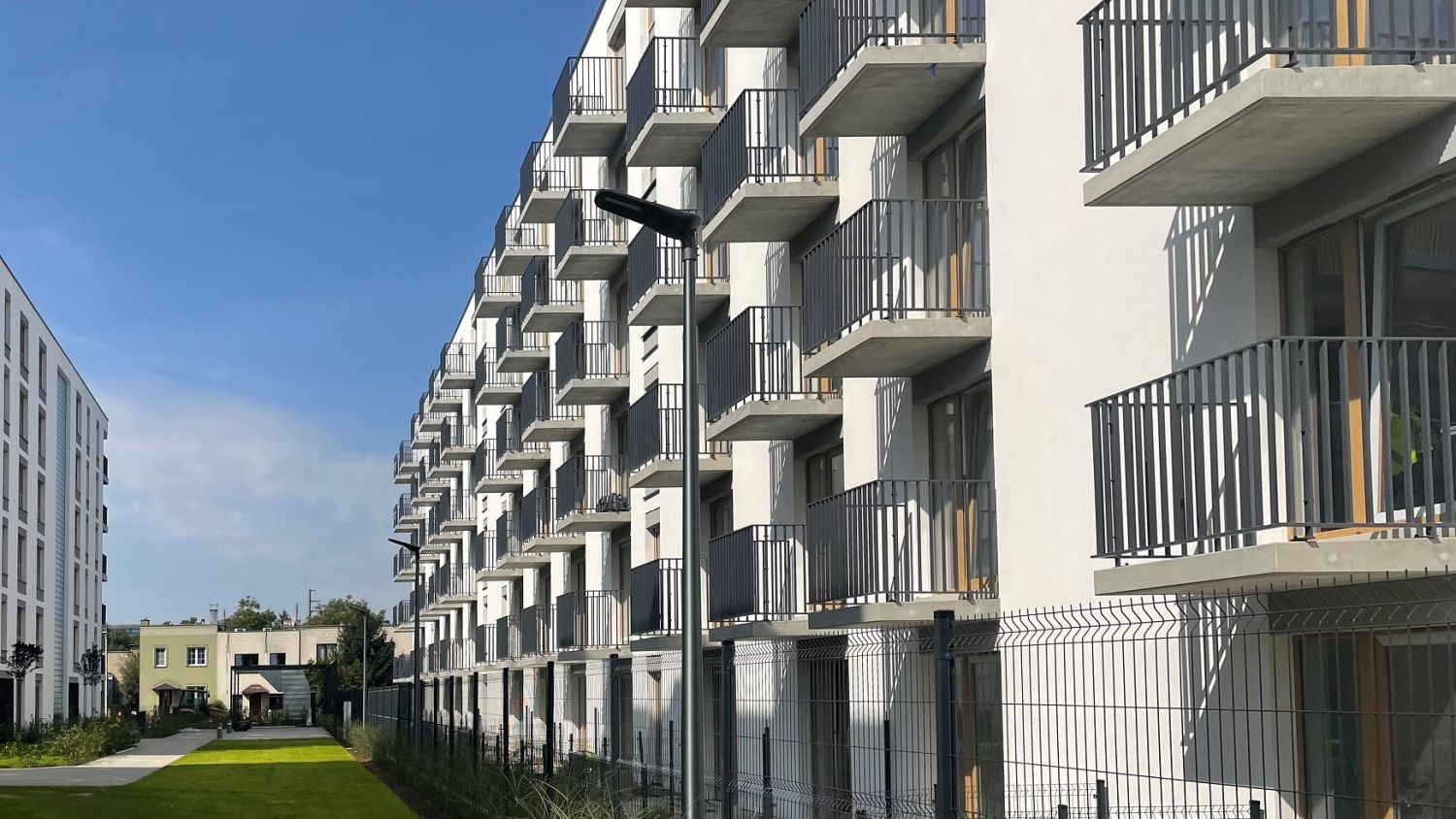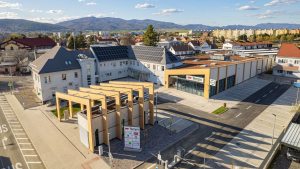
Driven by large-scale mergers and acquisitions, European multifamily investment volumes in the 12 countries analysed reached approximately €92.3 billion in 2021, a 79% increase y-o-y and a 120% increase on the past five-year average, according to Savills. In Poland, multifamily investment activity hit an all-time high of close to €725 million in 2021.
Vonovia’s acquisition of Deutsche Wohnen and Heimstaden’s purchase of the Akelius residential portfolio in Germany, Sweden and Denmark together accounted for about 40% of the total. The share of multifamily investment was as high as 54% of the total in Denmark, 46% in Germany, 39% in Ireland, 35% in Sweden and 32% in Finland. In all these markets the sector was larger than offices in terms of investment volumes in 2021.
The average prime multifamily yield in Western Europe compressed by 7 basis points (bps) y-o-y in 2021 to reach a record low of 3.05%. Prime net multifamily yields are 3% or lower in the top six German cities (2.2%), Amsterdam, Paris (2.8%), Copenhagen and Madrid (3.0%).
Marcus Roberts, Savills Operational Capital Markets Head of Europe, says: “Global capital allocations in European real estate, and multifamily in particular, are rising, due to strong fundamentals and the low interest rate environment.”
The challenge for core investors in 2022 will be to identify stabilised assets, while more opportunities will be available for new developments and forward funding agreements. However, labour shortages, rising construction costs and supply chain disruptions will slow down development activity.”
Eri Mitsostergiou, Director European Research at Savills, adds: “One of the emerging risks of the multifamily sector is the more stringent regulatory environment, which aims to protect households from rising rents. We believe that while these measures limit rental growth prospects, they provide security to tenants, thereby reducing the risk of frequent tenant turnover, and suit core investment strategies.”
According to Savills, multifunctional, mixed-use neighbourhoods have once again emerged as the ideal environment for thriving communities. This can lead to more mixed-use developments, which in addition to residential, include uses that will make them more attractive and resilient by providing, amongst others, affordable housing, convenience retail, flexible offices, health and wellness.
Jacek Kałużny, Associate Director, Residential Capital Markets, Savills Poland, says: “Heimstaden's portfolio acquisition from Spravia (formerly Budimex Nieruchomości) accounted for over 40% of the Polish multifamily investment volume. With this market segment still in its infancy in Poland, forward funding transactions continue to predominate. The sale of investment certificates by Bank Gospodarstwa Krajowego to the Rental Housing Fund (Fundusz Mieszkań na Wynajem) and the Housing Sector Development Fund (Fundusz Mieszkań dla Rozwoju) could have added another €475 million to Poland’s record multifamily investment activity in 2021. Additionally, that volume is also exclusive of last year’s takeovers of residential developers, including TAG Immobilien’s acquisition of Robyg, which are likely to deliver some projects to the private rented sector in the future.”



